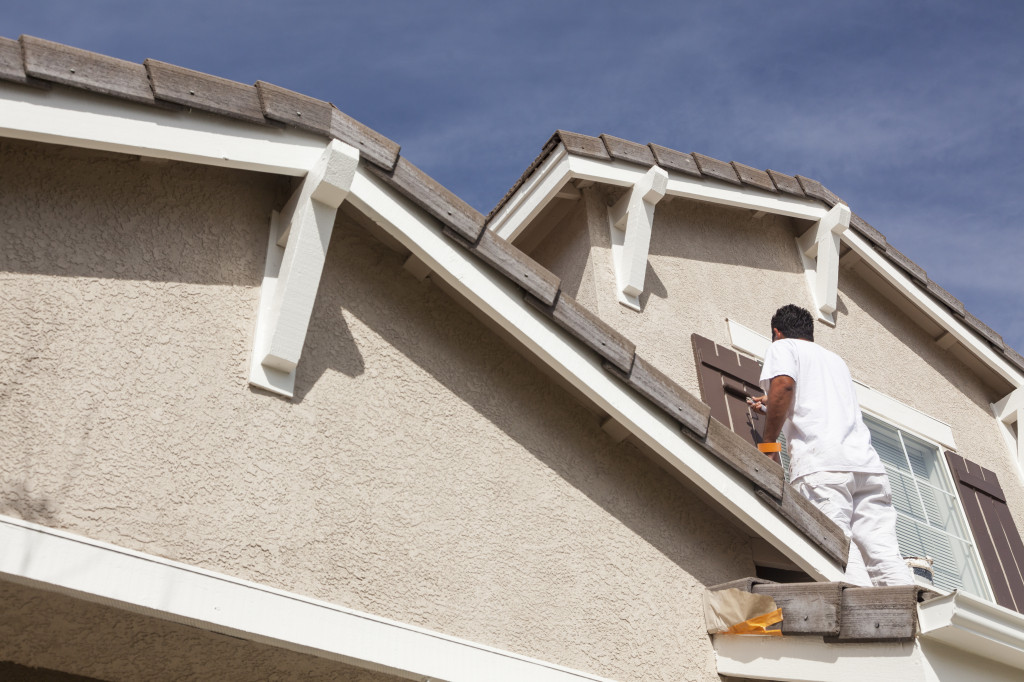The science behind painting fresh stucco
 There’s more than meets the eye when it comes to painting fresh stucco. Stucco is unique in that it requires chemical curing for proper paint-coating adhesion. Humidity, rain, sun exposure and wind can affect the entire process. Here are a few things to keep in mind when taking on a job where fresh stucco is being applied.
There’s more than meets the eye when it comes to painting fresh stucco. Stucco is unique in that it requires chemical curing for proper paint-coating adhesion. Humidity, rain, sun exposure and wind can affect the entire process. Here are a few things to keep in mind when taking on a job where fresh stucco is being applied.
KNOW YOUR PH
Understanding the pH level of stucco cement is critical. A balanced pH is 7; any number below that is acidic, and a higher number is alkaline. Fresh stucco may have a pH of 12 or higher when first applied, but you can easily monitor progress with a kit from your local paint distributor. To do a field test, moisten the surface with distilled water (not tap water), and stroke the surface with a pH pencil. The resulting color is matched to a chart to assess the pH level.
“Even though the paint label says to wait 28 days before going over plaster or cement, you want to get as close to a neutral pH as possible,” says Larry Baker, owner of Think Stucco in Minneapolis/St. Paul.
Beyond time recommendations, heed the coating manufacturer’s label for how low the pH needs to be. So-called ‘hot primers,’ which are extremely alkali resistant, can be applied at higher pH levels.
DON’T PAINT TOO SOON
Applying paint early can create several problems at the chemical level:
- Lime or alkali burn. This causes color loss, bleaching, chalkiness, or other deterioration of the coating pigments.
- Efflorescence. Moisture inside a wall can carry salts to the surface, leaving behind white deposits or crystals. With a highly permeable coating, the salts may bleed through. Less permeable coatings can trap the deposits and cause delamination, or separation between the coating and surface.
- Saponification. High alkalinity and moisture can also attack the coating resin chemically causing blisters, brittleness, or a soapy texture. (In fact, ‘sapo’ is the Latin word for soap.)
A combination of chemical, moisture and adhesion tests can all play a role in determining when it’s safe to put down a coating—and help a paint pro avoid the problems that can occur from a rushed time line.




